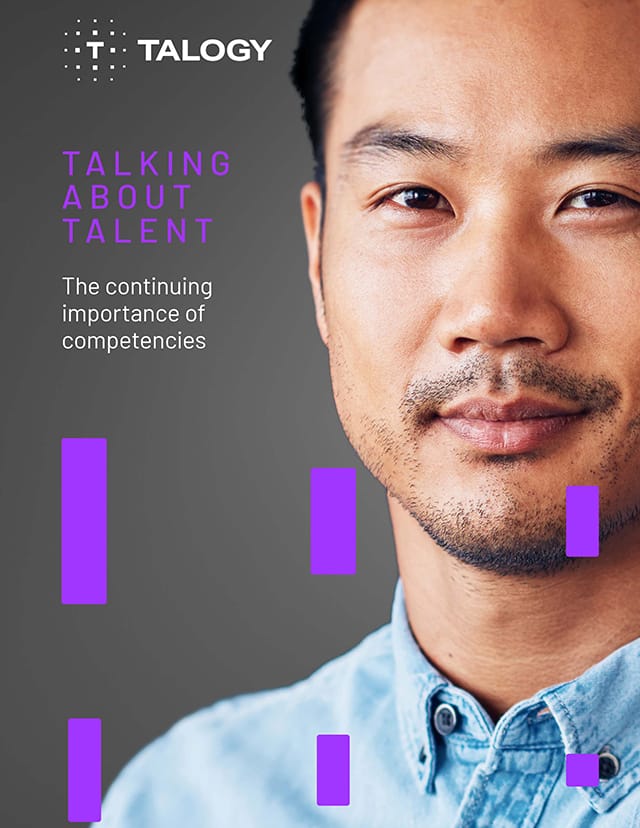Written by John Fernandez, Ph.D., Senior Consultant
There are several benefits in building competency models in talent management. More than ever before, HR leaders understand the value of being strategic when implementing talent management programmes within their organisations. They are looking at talent management more holistically and considering how various talent management functions, such as recruiting and staffing, assessment and selection, performance management and succession planning, can be connected and more effectively managed as one end-to-end process.
With any attempt at implementing a strong end-to-end Talent Management program, HR leaders should consider starting with building a competency model. This is because a competency model can serve as the key connecting point between the different talent management functions by defining the standards for success within each of them. Summarised below are three specific advantages that effective competency models provide to talent management programmes, particularly when they are developed before the programmes are implemented:
Advantage #1: Organisation-Wide Alignment on Success Criteria
Competency models are essentially a framework for defining what success looks like across all roles and functions in the organisation. If executed well, competency models provide a common language for selecting employees, developing them, managing their performance, and helping them better understand their roles in driving the success for the organisation. They can even help shape an organisation’s culture and provide a road map for how to meet key strategic objectives. Competency models can also prevent “rogue” competencies from being developed without proper vetting or the approval from experts. In other words, more employees will draw from the organisation’s approved competencies to obtain benchmark definitions for success in their area rather than create their own. In short, a good competency model aligns all employees on the success standards to which they, their departments, and the organisation should be held accountable.
Advantage #2: Program Sponsorship
One of the most common ways that any program implementation can be derailed is not having sponsorship from key organisational leaders and other stakeholders. When designing a performance management system, or a succession planning programme, for example, it can be very challenging to get leaders to simply agree on the target capabilities on which the programmes should focus. However, with a competency model already in place, there is much less room for debate on the target capabilities. With this agreement on the program content, the discussion can move to process issues much more quickly, thereby making it much easier to gain the traction and support needed to move talent management programmes forward.
Advantage #3: Standardisation of Content Across Programmes
Even when organisations attempt to take an integrated approach in designing such programmes as assessment initiatives, performance management systems, development and succession planning programmes and training curriculums, they are often created by different teams with expertise in different areas. If these teams don’t have a common competency model around which to design their programmes, the chances are that it will appear that these programmes were designed in isolation, with multiple labels for the same concepts, and often lack of alignment on the target capabilities. By contrast, leveraging a single competency model to frame the design of all these programmes will drive consistency and standardisation, making it much easier to see how each piece fits into the overall talent strategy of the organisation.
To summarise, any organisation looking to develop an effective end-to-end talent management programme should first consider establishing a robust competency model that would serve as the common thread for all talent management initiatives. These can include assessment and selection processes, new employee on-boarding programmes, performance management systems, employee development plans, and succession planning programmes. Competency models, when executed effectively, help obtain the alignment, sponsorship, and standardisation needed for these programmes to succeed.




